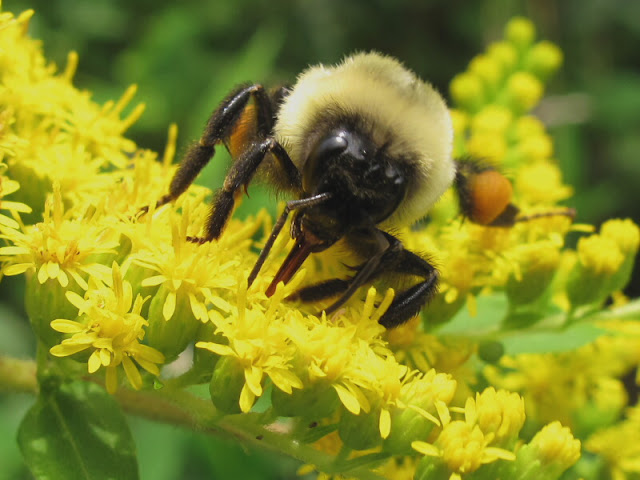
Yellow-Spotted salamanders live in burrows underground, under logs and beneath stones. Adult salamanders keep to within a few yards of their home throughout their lives. They live alone, and rarely venture outside their homes. During a rain or just after rainfall, Yellow-Spotted salamanders are more likely to go out in search of food. They primarily forage at night, hunting in the leaf debris on the forest floor.

Time to let this guy find a nice rotten log to crawl under.


















































